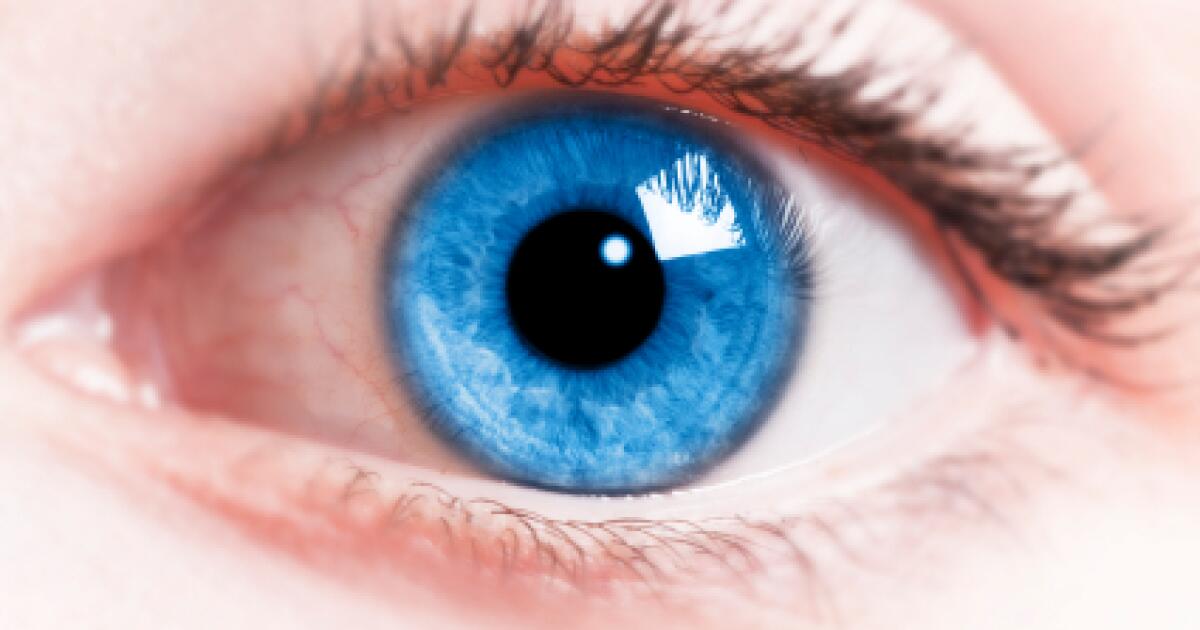

The neuro exam can be conducted quickly and is easy to integrate into your daily assessment. One reason may be that, unlike CT scans and other diagnostic tools, its results come in shades of gray, not black and white. Although it’s still an integral assessment component for critically ill patients, many bedside nurses overlook or underuse it. Subtle changes in findings may indicate the need for further testing.īefore the advent of computed tomography (CT) in the 1970s, the neurologic examination was the main tool used to monitor a patient’s neurologic condition. But once you become proficient in performing this exam, you’ll be able to detect early significant changes in a patient’s condition-in some cases, even before these show up on more advanced diagnostic tests.

Many physicians will order a confirmatory test for brain death when the clinical examination demonstrates no neurological function. In some brain dead patients, when the hand or foot is touched in a particular manner, the touch will elicit a short reflex movement. If, after this extensive clinical examination, the patient shows no sign of neurological function and the cause of the injury is known, the patient can be pronounced "brain dead." In some states, more than one physician is required to make this pronouncement in order for brain death to become legal death.Īlthough the patient has a dead brain and dead brain stem, there may be spinal cord reflexes that can be elicited (a knee jerk, for example). When the CO2 level reaches a level of 55 mm Hg, the active brain will cause the patient to breathe spontaneously. With the cessation of breathing by the machine, the body will immediately start to build up metabolic waste of carton dioxide (CO2) in the blood. The patient is temporarily removed from life support (the ventilator).

The patient has no spontaneous respiration.The movement of the breathing tube (in and out) or the insertion of a smaller tube down the breathing tube will cause a gag reflex in a comatose patient, but will not elicit a reflex in the brain-dead patient. The drastic change in ear temperature will cause a violent eye twitching by the intact brain but no reaction in the brain-dead patient. While holding the eyes open, ice water is injected into the ear canal.
SINGLE FIXED DILATED PUPIL FREE
The patient's ear canal is inspected to ensure an intact tympanic membrane and that the ear is free of wax. The patient has no oculovestibular reflex.The resulting stimulation pressure will cause motion of the extremities, either purposeful or primitive posturing, in the living-brain patient, but none in the brain-dead patient. The patient's eyebrow ridge is compressed with the thumb. The patient has no response - either purposeful or posturing - to supra-orbital stimulation.The intact brain will want the eye to blink. A cotton swab is dragged across the cornea while the eye is held open. The active brain will allow a roving motion of the eyes the non-functional brain will not. The patient's eyes are opened and the head turned from side to side. The patient has no oculocephalic reflex.In the non-viable brain, no impulse will be generated. In the normal brain, the brain will send an impulse back to the eye to constrict the pupil. The light will activate the optic nerve and send a message to the brain. The patient's eyes are opened and a very bright light is shined into the pupil. The patient has no movements - the arms and legs are raised and allowed to fall to see if there are adjacent movements, restraint or hesitation in the fall.

The patient is flaccid, with areflexic extremities.The patient has no response to command, verbal, visual or otherwise.


 0 kommentar(er)
0 kommentar(er)
